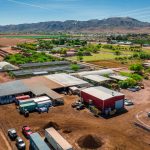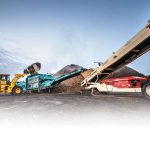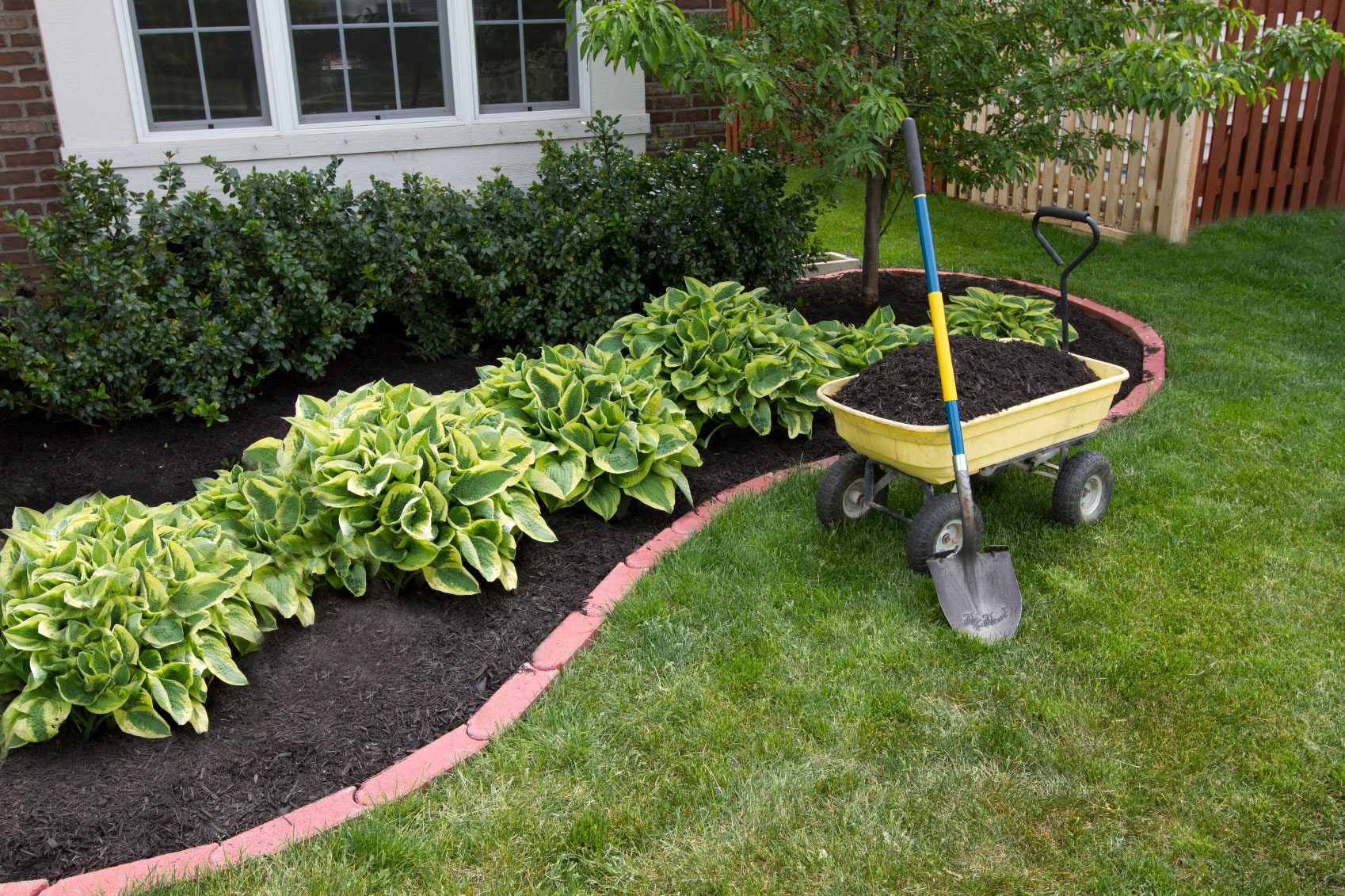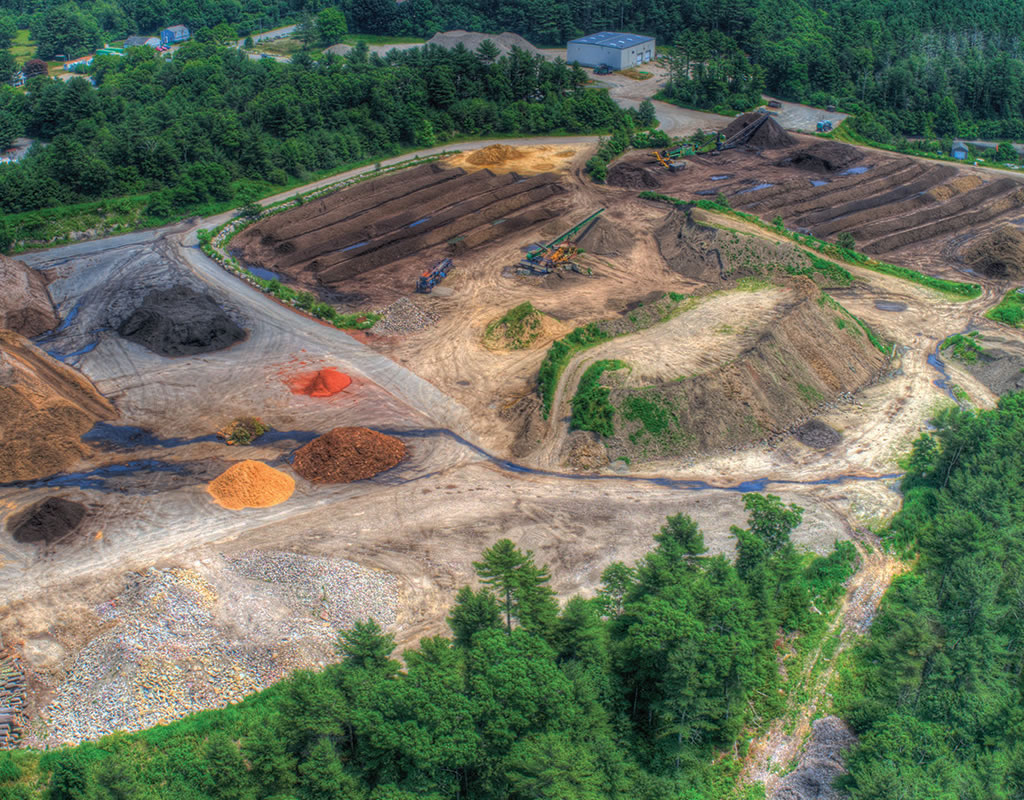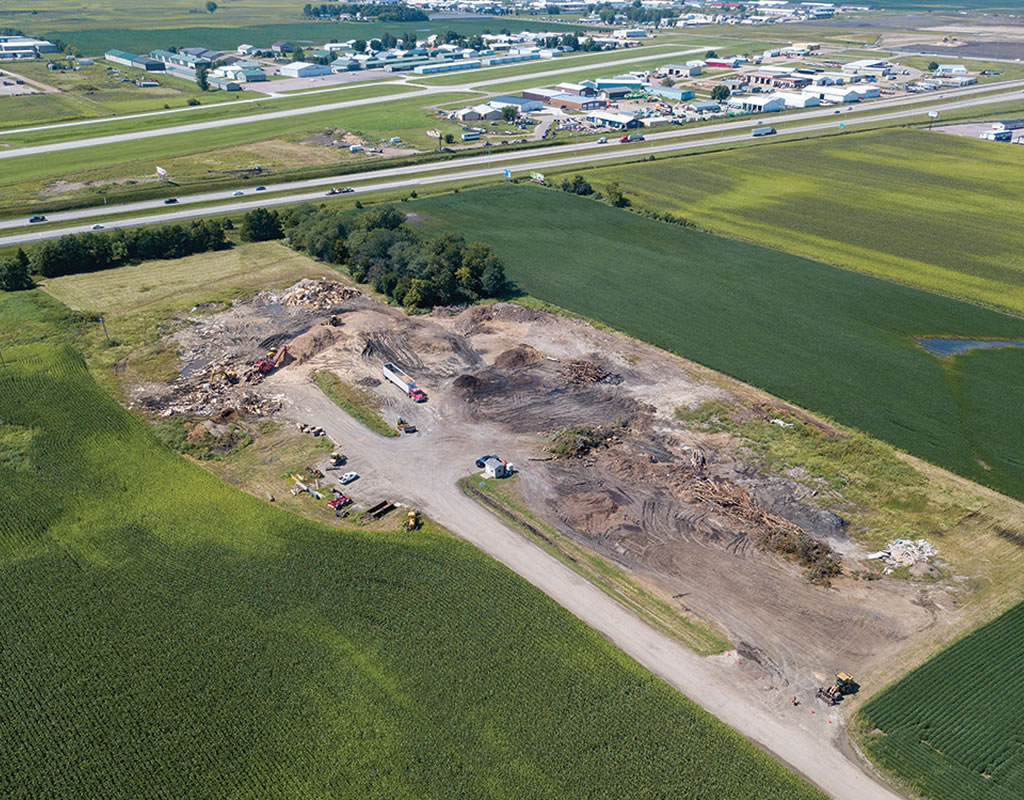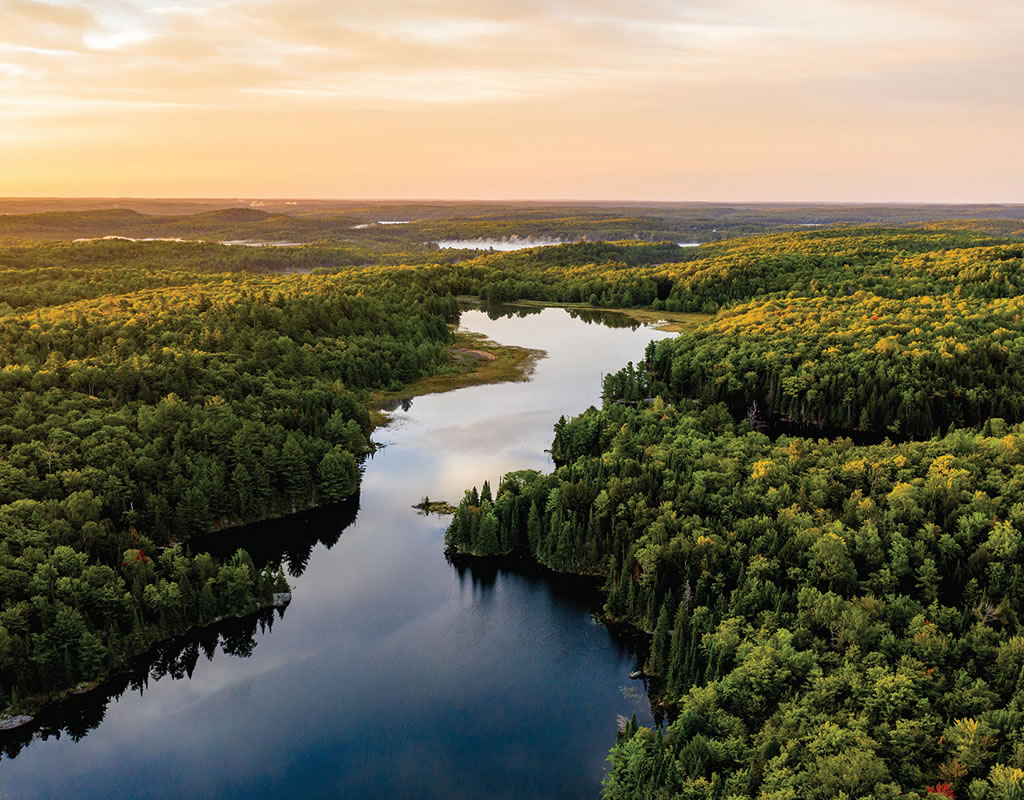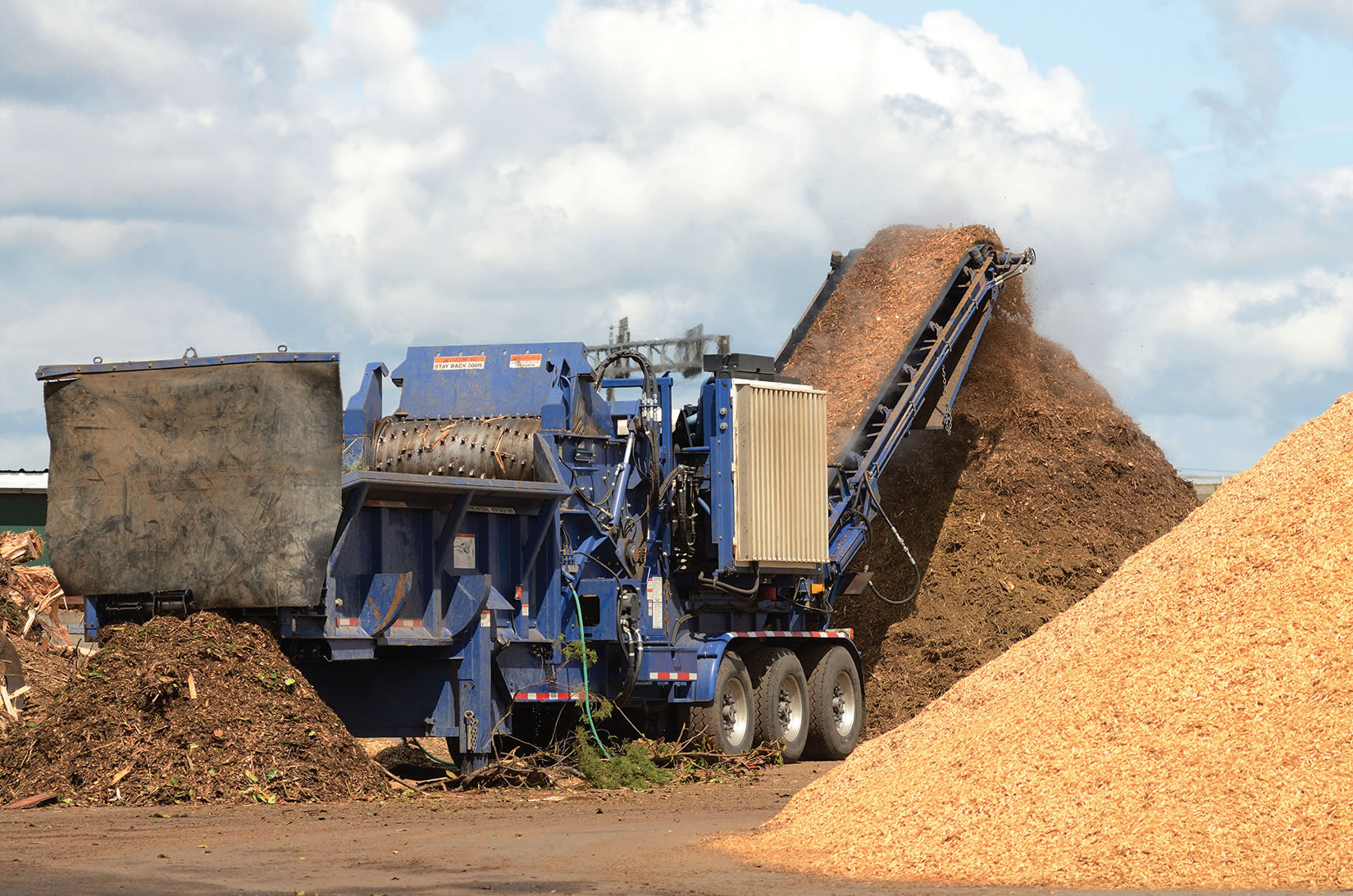By Dr. Brian E. Jackson
As all aspects of horticultural crop production continue to improve and evolve, research and development of soilless substrates is also keeping pace with our ever changing and demanding production practices. Processed pine and fir bark has been the primary substrate component for nursery growers across the country for several decades, a trend that holds true today.
While bark is, in many ways, an ideal material for growing plants in containers outdoors, there has been an interest in discovering and investigating other materials that could possibly serve the same function. Some alternative materials of interest have included composts, agricultural wastes, and wood products. Some reasons for the interest in alternative materials have been 1) due to bark shortages in certain years, 2) the threat of bark no longer being a waste product of the forestry industry and available for horticultural use, 3) cost savings, 4) improved growth performance, and 5) attempts to make use of existing raw materials/products/byproducts that are abundantly available.
Over the past 40 years there has been an extensive amount of research conducted by academic scientists, growers, and soil/substrate manufacturers to investigate the potential of materials other than bark to use for nursery crop production. None have received the attention, or shown the promise that freshly harvested and processed pine trees have.
The idea of using fresh, non-aged or composted, wood materials in containers is not a new concept. In fact, the use of wood fiber and other wood components in growing media dates back to the late 80’s and early 90’s when they were first developed and utilized in Europe. It wasn’t until 2004 that the idea crossed the pond and gained interest here in the U.S. In the decade plus since research began here in the U.S., numerous academic and industry R&D programs have evaluated various wood materials as potential alternatives to peat moss and perlite (greenhouse crops) and pine bark (nursery crops). Pine tree substrates (PTS), wholetree substrates (WTS) and clean chip residual (CCR) are all recent products/developments that have changed the culture of our horticultural production industry, both for greenhouse and nursery crops.
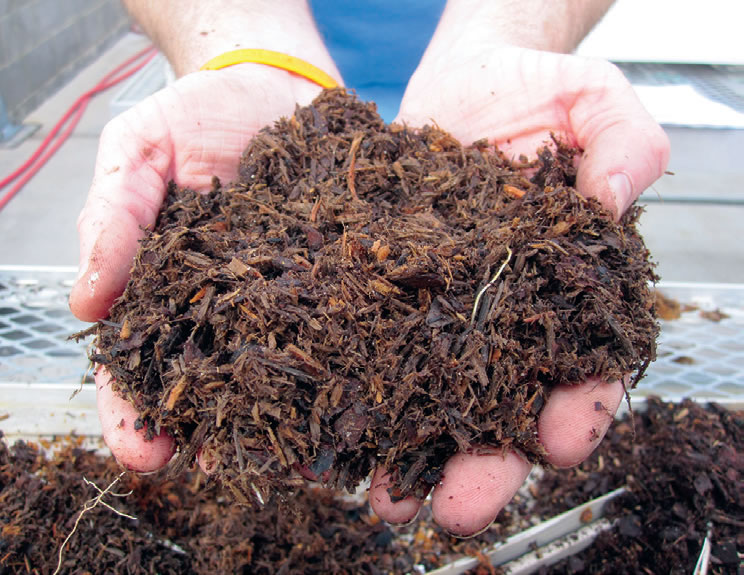
To date, few nursery growers have converted to wood substrates or wood-containing substrates due to the fact that pine bark has remained abundant and relatively cheap in recent years. There has been no economic incentive to switch to a substrate containing wood, which may lead to needed changes in production practices.
Most of the current interest, adoption, and commercialization of wood substrate materials has been in the greenhouse industry where peat moss and perlite remain very expensive and supply issues are often a concern. It should be reassuring that based on all of the research conducted on nursery crops (and there has been a lot) that if bark is ever in short supply or becomes too expensive, wood (processed pine trees) does provide potential solutions.
One of the most impressive and consistent observations of hundreds of trials across the U.S. has been the vigorous (often enhanced) root growth of woody and herbaceous crops. The enhanced root development is due to the higher porosity of substrates containing wood components and also by virtue of the physical structure of the wood fibers/particles, which provide roots with uninhibited pathways to grow and explore the container substrate volume quicker than in substrates that contain the flattened/platy bark particles. Quickness to root in the propagation phase of nursery crop production could add significant benefits to any grower’s operation.
A few notes about using wood in nursery substrates: 1) incorporations of less than 40% typically do not change many production practices in regards to fertility or irrigation (depending of course of current fertility and irrigation practices); 2) loblolly pine is the best tree species for use, not hardwoods; 3) no severe/enhanced degradation is known to occur as long as it is not mixed with a manure or other high nitrogen content material; 4) increased pH is often seen in mixes containing higher percent’s of wood; 5) there are many machines and processes that can grind trees and make small wood particles…but they are not the same and not all work the same; and 6) the type/size/grind/percent of wood material blended with pine bark should be based on the size of pine bark being used, size of container being used, type of plant grown, and intended longevity of the crop in the pot.
One important thing to remember is that Wood is NOT wood (is NOT wood), just as peat is NOT peat (is NOT peat), or any other material is not always the same! Variations exist with different products. Over the past several years, many different wood components have been designed, engineered/processed, and evaluated which has led to greatly furthering the potential of these materials in present-day growing substrate formulations.
Much of the current focus (R&D) is on engineering principles to better address consistency and reproducibility concerns and opportunities. As part of the engineering research at NC State University, we work with various types of equipment to process harvested trees including tree chippers and grinders as well as various machines to further grind/pulverize the wood feedstock material. Understanding the variables and variations on how these different machines create different end-products is very important.
Despite the traditional uses (pulp, paper, timber, fuel, etc.) and more recent uses (wood pellets, biofuels, etc.) of pine trees in the U.S., it is still believed that pine wood is a reliable source of sustainable substrate components in the foreseeable future. The Southeastern U.S. is one of the most abundant wood producing regions in the entire world and production (acreage) continues to be more productive thanks to innovations in tree genetics and silviculture practices.
Dr. Brian E. Jackson is a Professor of Substrate Science and Director of the Horticultural Substrates Laboratory at NC State University. Brian can be reached at Brian_Jackson@ncsu.edu.
Related News
Subscribe Today
Every other month, Soil & Mulch Producer
News brings you important stories about:
• New Technology
• Products
• Industry News
• Research Studies
Soil & Mulch Producer News features articles and services relevant to your daily operations.



